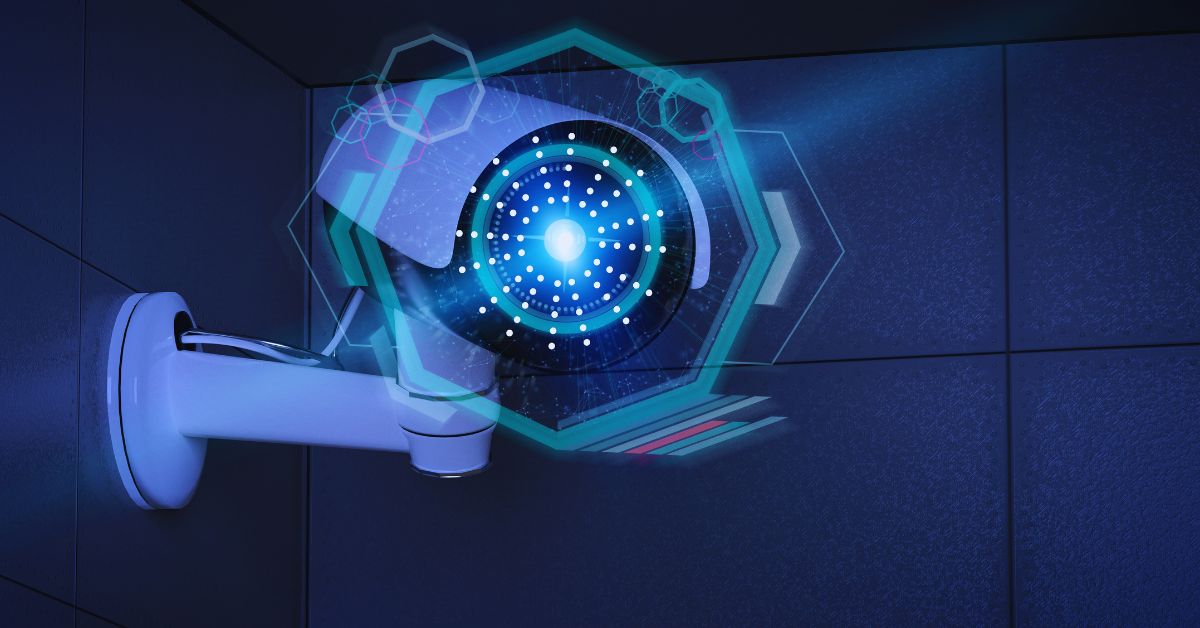Security Cameras Industry Uncovered: From Basics to Advanced Features and Future Trends
The security camera industry has grown significantly recently, becoming essential to home and business security. Security cameras help monitor and protect properties by providing real-time video footage, deterring crime, and offering peace of mind. With technological advancements, these cameras have evolved from basic models to sophisticated systems with high-definition video, night vision, and intelligent features.
In this blog post, we will explore the critical aspects of the security camera market. We’ll start by looking at the history and evolution of these devices, highlighting how they’ve changed over time. We’ll also discuss the different types of cameras available today, including their features and benefits. Understanding these options will help you make informed decisions when selecting a camera for your needs.
Additionally, we’ll cover essential topics like installation, maintenance, and cost considerations. Knowing how to set up and care for your cameras properly is crucial for their effectiveness. We’ll also touch on privacy and legal issues, ensuring you are aware of any regulations that might affect your use of these devices.
Finally, we will look at emerging trends and future directions in the camera market. By the end of this post, you’ll have a comprehensive understanding of surveillance cameras and how to choose the best system for your home or business.
History and Evolution of the Security Cameras Industry
Security cameras have been around for decades, starting as simple analog devices. Early models used videotape to record footage, which was bulky and had limited quality. With the rise of digital technology, cameras transitioned to digital recording and internet-connected IP cameras. Today, they offer high-definition video, advanced features, and remote access through smartphones and computers.
Types of Security Cameras industry
Wired vs. Wireless Cameras
Wired cameras are connected through cables, which can be more reliable but more complicated to install. Wireless cameras connect via Wi-Fi, offering easier installation and flexibility, but may face interference issues.
Indoor vs. Outdoor Cameras
Indoor cameras are designed for indoor environments, often with features tailored to low-light conditions. Outdoor cameras are built to withstand weather conditions and have more rugged designs.
Fixed vs. Pan-Tilt-Zoom (PTZ) Cameras
Fixed cameras stay in one position, which is ideal for monitoring specific areas. PTZ cameras can move and zoom, providing broader coverage and the ability to focus on particular areas when needed.
Dome Cameras, Bullet Cameras, and Hidden Cameras
Dome cameras are discreet and often used indoors. Bullet cameras are more noticeable and are used both indoors and outdoors. Hidden cameras are designed to blend in with their surroundings, providing covert surveillance.
Key Features to Consider
Resolution and Image Quality
Higher-resolution cameras provide more precise and more detailed images. Look for HD or 4K resolution for the best picture quality.
Night Vision and Low-Light Performance
Night vision allows cameras to record in darkness. Infrared technology helps capture clear footage even in low light.
Motion Detection and Alerts
Motion detection sensors trigger recording or send alerts when movement is detected. This feature helps to catch events as they happen.
Storage Options
Cameras can store footage locally on a DVR/NVR or in the cloud. Cloud storage offers remote access but may have ongoing fees.
Integration with Smart Home Systems
Many cameras work with smart home systems, allowing integration with devices like alarms and lights. This enhances overall security and convenience.
Installation and Maintenance
Installation Tips
Start by determining the best locations for your cameras. Place them where they can cover critical areas like entrances and driveways. Use proper mounting equipment to ensure cameras are securely attached. If you’re unsure about installation, consider hiring a professional for the best results.
Optimal Placement
Avoid placing cameras where they can be easily tampered with or obstructed. For outdoor cameras, choose spots that provide a clear view and are sheltered from harsh weather. Indoors, aim for high corners or ceilings to get a wide field of view.
Maintenance Best Practices
Regularly inspect and clean your cameras to keep lenses free from dirt and debris. Check the camera’s positioning to ensure it hasn’t shifted or become obstructed. Update the camera’s software and firmware to keep it secure and functioning.
Troubleshooting Common Issues
First, check the power source and connections if a camera isn’t working. Ensure that any wireless cameras are within range of your Wi-Fi network. For video quality issues, ensure the lens is clean, and the settings are correctly adjusted.
Software and Firmware Updates
Software updates can improve performance and security. Set cameras to update automatically if possible. Regularly check for and install updates manually if automatic updates are not available.
Recordings and Data Management
Manage your footage by regularly reviewing and backing up recordings. Ensure your storage solutions have enough capacity to handle the volume of data. Delete old footage that is no longer needed to free up space.
Costs and Budgeting
Initial Investment Costs
The cost of surveillance cameras varies depending on the type and features. Basic models are less expensive, while advanced systems with high-definition and innovative features cost more. Don’t forget to budget for additional equipment like recorders or storage devices.
Ongoing Costs
Consider recurring costs such as cloud storage subscriptions or maintenance fees. Some cameras require monthly or annual payments to access recorded footage online. Factor these costs into your overall budget to avoid surprises.
Cost vs. Value
Higher-quality cameras may have a higher upfront cost but can offer better performance and durability. Compare the features and benefits of different cameras to find the best value for your investment. Investing in quality can save money in the long run by reducing the need for frequent replacements.
Budgeting Tips
Start by setting a clear budget for your security system. Prioritize the features that matter most to you, such as resolution or night vision. Look for deals and reviews to get the best price without sacrificing quality.
Hidden Costs
Be aware of any hidden costs like installation fees or additional accessories. Some systems may require extra equipment to function correctly. Always review the total cost of ownership before making a purchase.
Long-Term Investment
Consider the long-term benefits of a well-chosen security camera system. A sound system can provide years of reliable service and enhanced security. Evaluate the total cost of ownership, including installation, maintenance, and potential upgrades.
Privacy and Legal Considerations
Legal Regulations
Different regions have varying laws on surveillance and privacy. Be aware of these regulations to ensure your camera system complies with local laws.
Best Practices for Respecting Privacy
Avoid placing cameras in areas where people expect privacy, such as bathrooms. Inform guests or employees about the use of surveillance cameras.
Data Security
Protect recorded footage with strong passwords and encryption. Ensure that cloud storage providers follow strict security protocols.
Emerging Trends and Future Directions
Artificial Intelligence and Machine Learning
AI enhances surveillance cameras by improving features like facial recognition and motion detection. These technologies help identify and respond to potential threats more effectively.
Integration with Other Technologies
Future cameras will likely integrate more seamlessly with other smart devices and systems, creating more sophisticated security networks.
Global Market Trends
The surveillance camera market is growing with innovations and expanding markets. Keeping an eye on these trends helps select cutting-edge and effective security solutions.
Conclusion
In summary, the security cameras Industry is an essential tool for modern security. Understanding their evolution, types, features, and costs will help you choose the best system. Stay informed about privacy regulations and emerging trends to maximise your investment.







